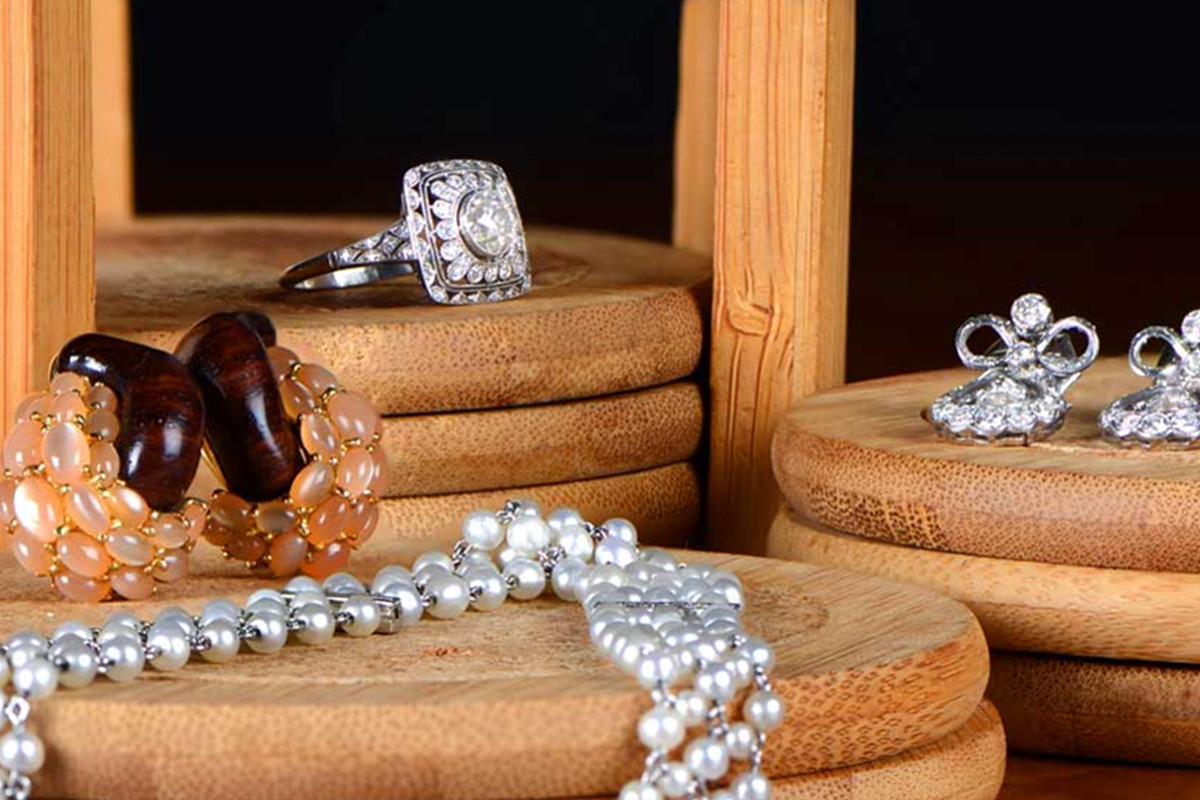The Vintage And Antique Jewelry
Vintage and antique jewelry is characterized by higher quality materials compared to modern jewelry. Because of this, there’s increased demand for vintage and antique pieces.
There are several types of antique and vintage jewelry, including Egyptian Revival (the 1920s-1930s), Art Deco (1900-1939), Retro Romanticism (1880s-1910), and Romantic Revival (1840-1880).
The term “vintage” is most regularly applied to jewelry with fine art deco design elements, with some collectors refining the definition even further. For example, some consider Retro Romanticism and Art Deco to be two separate genres of antique jewelry. Some prefer not to use the word vintage at all, instead of designating different time periods by the name referring to their jewelry style.
The most common types of antique and vintage jewelry are Art Deco or Retro Romanticism modern costume jewelry.
Art Deco is characterized by geometric shapes and bold colors, while Retro Romanticism features pastel-colored stones with intricate patterns made of filigree work.
Many of the rarest and most desirable pieces are Art Deco or Retro Romanticism modern costume jewelry, but Egyptian Revival, Retro Victorian, and other types are also very valuable.
Some antique pieces feature small accents such as diamonds, pearls, emeralds, sapphires, rubies, opals, amethysts, or emeralds.
Art Deco is known for its use of bold geometric shapes and vibrant colors, while Retro Romanticism features pastel hues with intricate patterns made of filigree work.
Some rare antique pieces can be quite valuable, particularly Art Deco or Retro Romanticism modern costume jewelry. Other common types are Egyptian Revival, Retro Victorian, pocket watch chains, lockets, brooches, earrings, rings, bracelets, necklaces and the most popular of these are bracelets.

Today, vintage and antique jewelry are highly sought-after because it features higher quality materials compared to modern pieces.
Inclusions in precious stones or natural flaws in diamonds, for example, are often seen as desirable characteristics because they indicate the piece’s authenticity.
Because of this increased demand, sellers can ask for a premium for these pieces over similar new pieces.
Hi~Living Deals from "Function Of Beauty"



